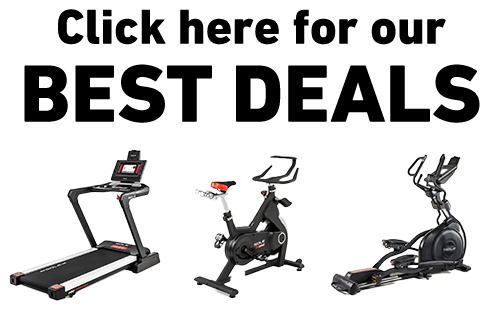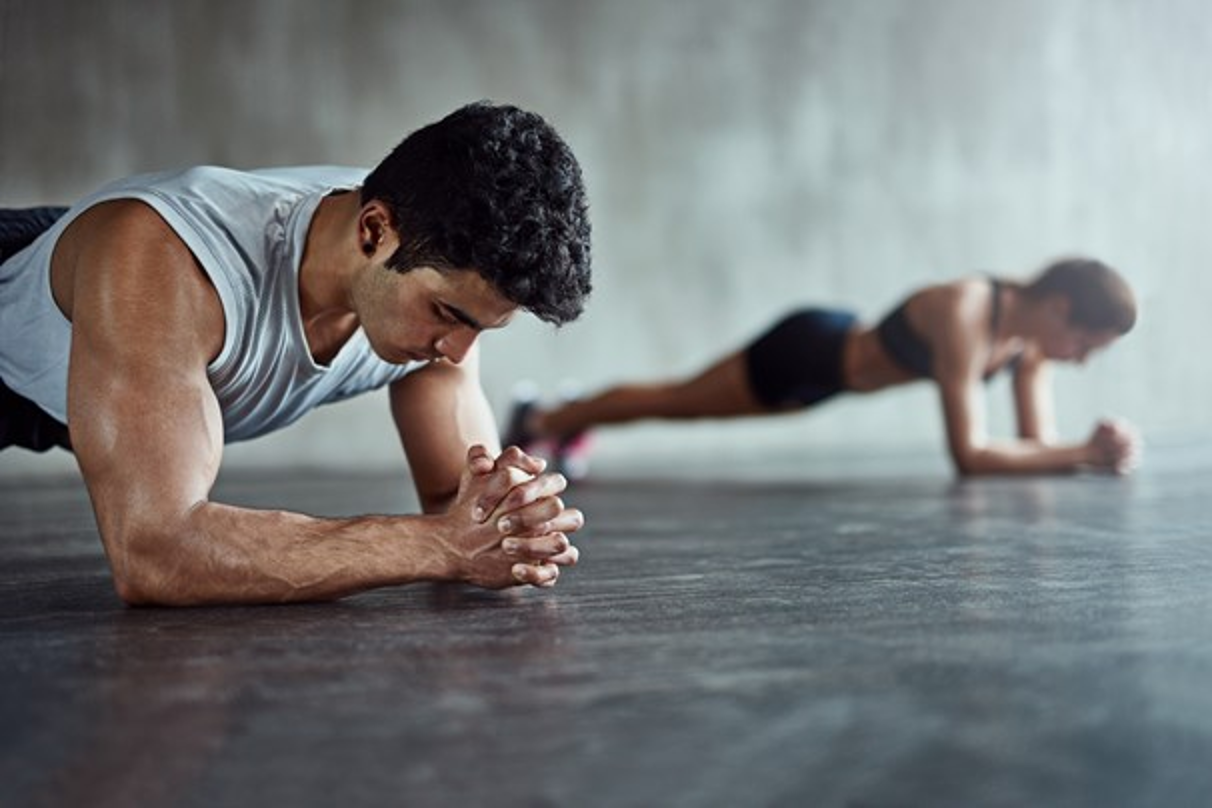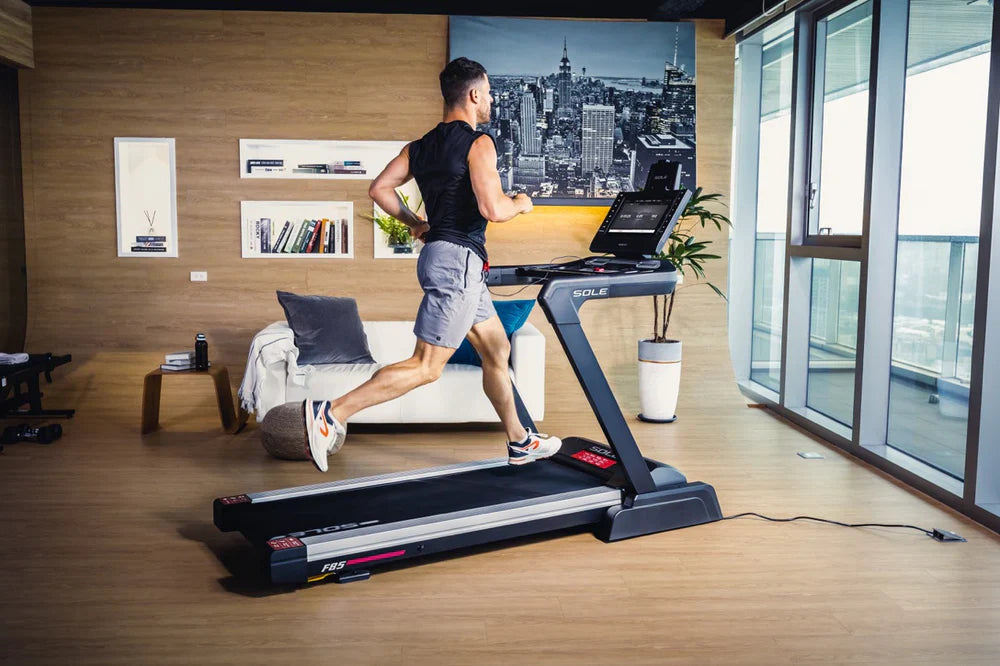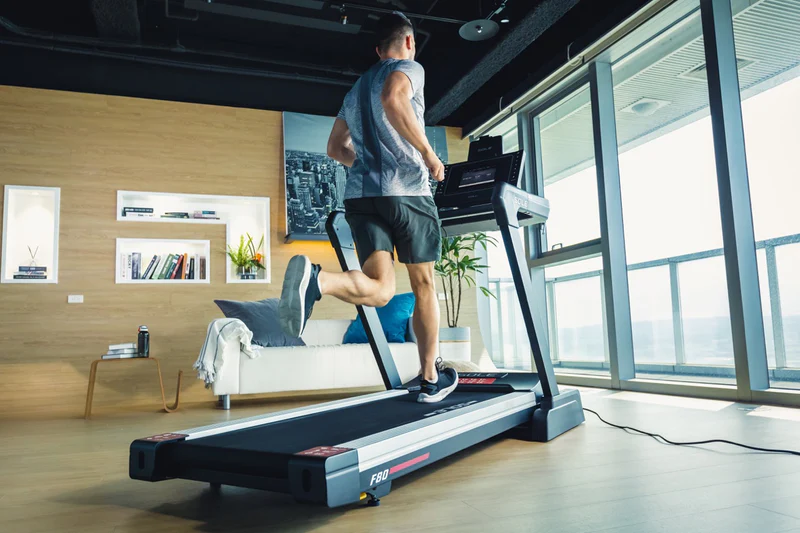Key Takeaways
- Quality matters more than how long you can hold a plank. Focusing on alignment and core engagement builds lasting strength and leads to steady progress over time.
- Planks suit every age and ability. You just need to adjust hold times and pick variations that work best for your current strength and mobility.
- Adding core work like planks into your routine helps with posture, reduces injury risk, improves balance, and builds strength you’ll feel during everyday movement or sports.
- Once a one-minute hold feels solid, you can level up with moves like side planks, leg lifts, and dynamic changes to keep your muscles adapting.
- SOLE Fitness Equipment offers the support you need to train smarter. Our treadmills, ellipticals, rowers, bikes, and strength gear are built for comfort, durability, and full-body routines, including all your core work.
Why Plank Duration Matters
Planks are one of the most efficient exercises for building core and full-body strength. They don’t just hit your abs; they also challenge your back, shoulders, glutes, and even your legs. And while they’re simple in appearance, the impact they have on posture and injury prevention is huge. A strong core supports better alignment and helps you move safely through everyday life.
That said, longer doesn’t always mean better. More and more coaches and studies are emphasizing that how you hold a plank, your form, breathing, and muscle engagement, is far more important than how long you can tough it out. Sloppy form just for the sake of hitting a number on the timer can actually do more harm than good.
|
At SOLE, we're proud to offer the best exercise equipment for your home or gym. Our machines are built to meet the highest quality and performance standards, making them perfect for fitness enthusiasts at any level. SOLE Products
|
Table: Average Plank Hold Times by Age
|
Age Range |
Women |
Men |
|
Under 20 |
1–2 min |
1–2 min |
|
20–29 |
1:30 min |
1:45 min |
|
30–39 |
1:15 min |
1:45 min |
|
40–49 |
50–60 sec |
1:00–1:15 min |
|
50–59 |
40–45 sec |
1:00 min |
|
60+ |
20–30 sec |
20–30 sec |
Note: These are “good” averages for healthy individuals maintaining proper form. Elite athletes and those training consistently can exceed these numbers.
Why Does Plank Duration Vary With Age and Gender?
It’s totally normal for plank endurance to shift depending on your age and biological makeup. As we get older, muscle endurance naturally decreases because our bodies produce less protein and the balance of muscle fibers changes; we hold onto more slow-twitch fibers and lose some fast-twitch ones. But here's the good news: regular core training still brings serious gains, no matter your age.
Men often log longer plank times simply due to higher muscle mass and structural advantages. But plenty of women hit impressive durations with focused training. The key takeaway is that everyone can improve, and there’s no one-size-fits-all benchmark.
Benefits of Plank Exercise
When done with proper form, planks activate deep core muscles like the transversus abdominis, rectus abdominis, obliques, pelvic floor, and the small stabilizers along the spine. This translates into better posture, less slouching, and more support for your back. By keeping the core solid, you take pressure off your spine and give your joints more support overall. Planks are also a great preventative tool; they can reduce the risk of back pain and help older adults avoid falls. And because a strong core is essential for nearly every movement, you’ll notice the benefits in daily activities like lifting, walking, or even just standing up straight.
Getting ready for core workouts like planks helps activate deep stabilizing muscles that improve posture and provide better spinal support.
How Long Is “Too Long”?
At some point, more time under tension stops being helpful and starts becoming risky. Most experts agree that holding a plank beyond one or two minutes often leads to form breakdown, which opens the door to injuries in your back, ribs, shoulders, or wrists. Pain in the lower back or around the chest (like costochondritis) can creep in if you push too far past your limit.
So, when should you stop? The moment your form slips. For most people, somewhere between 30 to 90 seconds per set is the sweet spot. If that starts to feel too easy, don’t just hold it longer; instead, challenge yourself with more advanced variations that require greater stability and control. Quality always beats quantity.
Plank Hold Benchmarks by Fitness Level
|
Fitness Level |
Average Hold Time |
|
Limited Mobility |
Up to 10–20 sec |
|
New Exerciser |
20–30 sec |
|
Beginner |
30–60 sec |
|
Intermediate |
1–2 min |
|
Advanced |
2–3 min |
|
Elite |
3 min+ |
Pros recommend at least 30 seconds with perfect form for meaningful strength gains.
Plank for Seniors: Core Training for Healthy Aging
Planking works well for older adults because it's gentle on the joints while still engaging the whole body. It helps with balance and stability, which lowers the risk of falls, and strengthens the core and pelvic floor to support better movement and independence. Beginners can start on their knees and build up slowly; it’s more about staying consistent than holding a pose for long. If you're over 60, aim for short 15- to 30-second holds with modifications, and always check in with your doctor before starting something new.
Plank sessions help seniors build core strength, improve balance, and maintain independence through joint-friendly exercises that support healthy aging.
Variations & Progressions: Beyond the Basic Plank
Once you’ve nailed the standard plank for about a minute, it’s a good time to try new versions. Side planks help with lateral strength, while switching between forearm and straight-arm versions targets different upper-body muscles. Add leg lifts for more glute and hip activation, or switch things up with reverse planks, jacks, or taps to challenge your stability and coordination.
Pro Plank Form Guide
Proper form is everything when doing planks; quality always beats quantity. Follow these key cues to get the most out of each rep while protecting your spine and building true core strength:
- Align elbows under shoulders. Rest weight evenly between elbows and toes (or knees for modifications).
- Engage abs, glutes, and quads. Pull belly button toward spine; squeeze all muscles to create full-body tension.
- Straight line from head to heels. Avoid hips sagging or piking up.
- Gaze down: Neck neutral, not craned.
- Hold only as long as form stays perfect. Once hips dip or back arches, stop and rest.
Tip: Three perfect 30–60 second sets trump one sloppy long hold.
Safety, Injury Prevention & Common Mistakes
Shaking muscles are normal, but sharp pain is a red flag, especially in the back, wrists, or shoulders. Make sure you’re using a mat or soft surface to avoid pressure on your elbows and knees. It’s also important not to overdo it. Daily max planks can backfire, so rest days matter too. If you ever feel chest tightness, shoulder pinching, wrist discomfort, or lingering back soreness, ease up and tweak your form. And if you’ve got any health concerns, definitely talk with your doctor first.
Improve Your Core Training with SOLE Fitness
SOLE adjustable dumbbells provide quick weight changes and comfortable grips for core training exercises like weighted planks and full-body workouts at home.
A strong core supports everything you do, and our adjustable dumbbells make it easy to level up your plank routine. With comfy grips, fast weight changes, and a compact design, they're great for moves like Renegade Rows, Weighted Plank Twists, and Push-Pull Planks. These exercises boost core strength, balance, and stability, all right at home.
Our dumbbells aren't just for planks. You can use them for full-body workouts, with adjustable resistance that grows with you.
Looking to build out your space? Our lineup includes commercial-grade treadmills with joint-friendly cushioning, ellipticals, rowers, bikes, and solid strength gear. Everything is designed for comfort, performance, and durability.
With SOLE, working out at home feels simple and effective.
Frequently Asked Questions (FAQ)
How long should a beginner hold a plank, and how do you know when to increase the time?
Most beginners should aim for a 20–30 second plank with perfect form. If you can hold that position without your hips sagging, back arching, or feeling pain, try adding 5–10 seconds per week. Focus on quality: as soon as your form breaks, stop and rest. Building strength gradually delivers better results and prevents injury.
What are the safest plank variations for individuals with joint discomfort or mobility challenges?
For sensitive wrists, shoulders, or lower backs, try wall planks (standing at an angle), knee planks (knees on a mat), or forearm planks to reduce pressure. Always use a soft surface and listen to your body. If discomfort persists, consult with a physical therapist.
Do planks benefit seniors, and how should older adults approach planking?
Planking is excellent for seniors; it boosts core and pelvic stability, which can help prevent falls and preserve independence. Start with wall or knee planks for 10–20 seconds. As strength improves, add a few seconds and sets. Always prioritize balance and comfort over time.
What’s the best way to make core routines more challenging once basic planks are easy?
Try progressing to side planks, adding leg or arm lifts, or incorporating dynamic movements like commando planks or plank taps. You can also use interval training with short rests between sets for increased endurance and strength.
What types of equipment does SOLE Fitness offer for home gyms?
Our lineup includes treadmills (F80, F85, F63, F65, S77, TT8), ellipticals (E25, E35, E95, E98), upright and recumbent bikes, spin bikes, rowers (SR500), and strength equipment. Each piece is engineered for quiet operation, high capacity, and modern features such as Quick Speed/Incline controls, cooling fans, USB charging, and smart device compatibility. This variety ensures everyone can find the perfect fit for their space and training needs.




Leave a comment
This site is protected by hCaptcha and the hCaptcha Privacy Policy and Terms of Service apply.